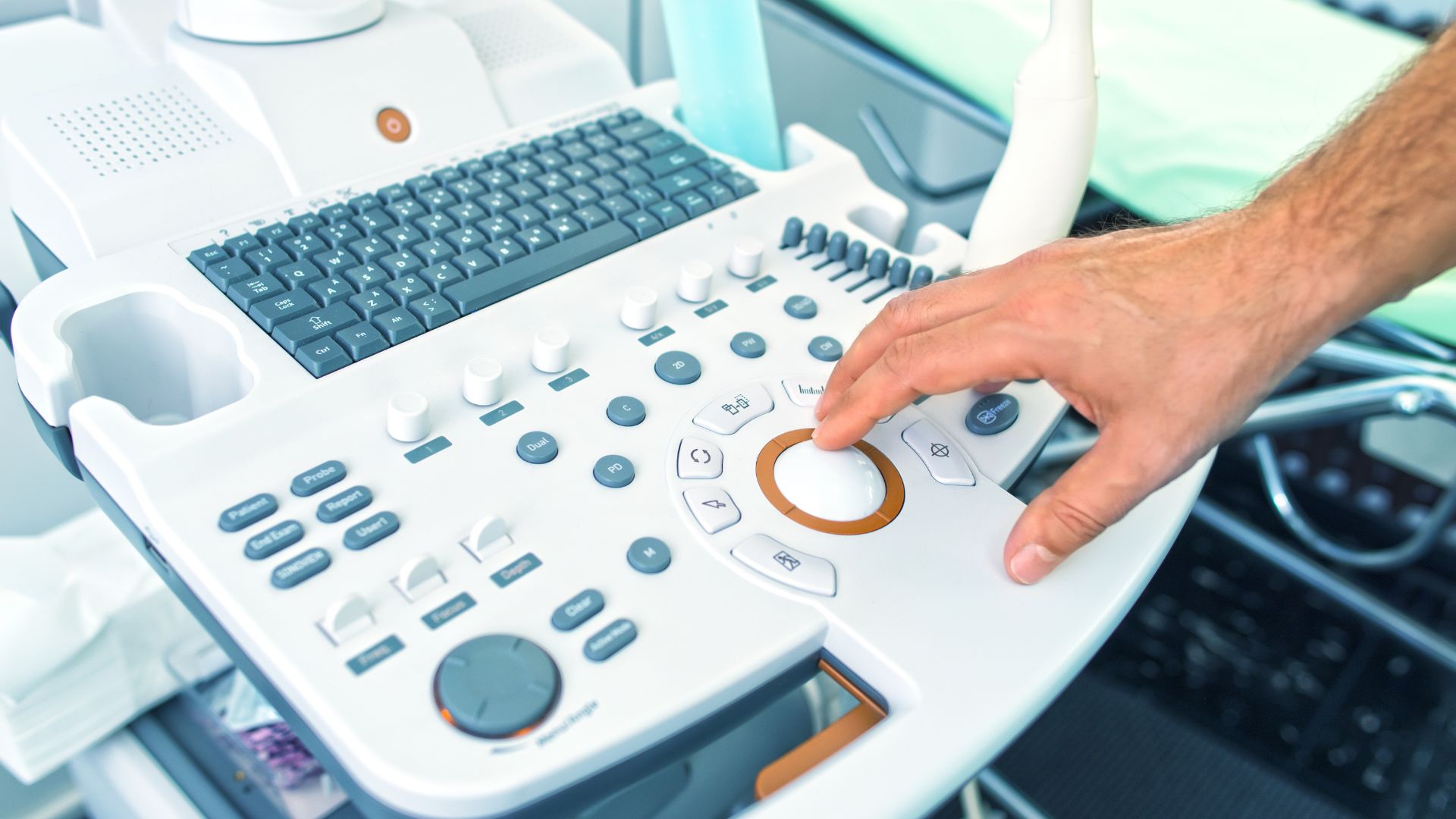AI-driven diagnostic tools, treatment planning software & cloud-based patient management systems are transforming dentistry and dental software. But because these technologies analyze patient data, guide clinical decisions & may automate treatment planning, they are regulated as medical devices by the FDA. Compliance with software validation, cybersecurity protocols & the appropriate 510(k) or PMA pathway is critical to avoid Import Alerts, detentions & costly delays.
How the FDA Classifies Dental Software & AI Tools
Classification depends on the tool’s risk level & its impact on clinical outcomes:
- Class I (Low Risk): Administrative software such as appointment scheduling or basic patient record tools. These are typically exempt from 510(k) but require Establishment Registration & Medical Device Listing.
- Class II (Moderate Risk): AI-powered caries detection, orthodontic planning software & imaging analysis platforms. These require 510(k) clearance.
- Class III (High Risk): Clinical decision support tools using deep learning or robotics. These require Premarket Approval (PMA).
- Cybersecurity & Validation: All tools handling PHI or guiding treatment must meet FDA software validation & cybersecurity standards.
Key FDA Compliance Requirements for Dental Software & AI Tools
To legally market dental software & AI tools in the US, manufacturers must:
- Register Their Establishment: Required annually with the FDA.
- List the Software Device: Each product must be listed under the registered establishment.
- Submit 510(k) or PMA: Based on classification & intended use.
- Conduct Cybersecurity Risk Assessments: Must comply with FDA & HIPAA requirements.
- Ensure Labeling Compliance: Avoid unsupported claims that trigger regulatory actions.
Common Compliance Challenges & Solutions
Avoidable issues can cause serious setbacks. These real-world examples highlight common pitfalls:
Case Study: AI-Based Caries Detection Delayed by Validation Gaps
A company submitted a 510(k) with minimal clinical evidence. The FDA rejected it due to:
- Lack of validated AI performance data.
- Insufficient cybersecurity protocols.
- A revised submission delayed launch by 9 months.
Case Study: Dental Software Recalled for Marketing Violations
An orthodontic tool claimed “perfect alignment” results without sufficient data. This resulted in:
- Forced label revisions & recall.
- Marketing resubmission to the FDA.
- Millions lost in legal fees & brand damage.
Regulatory Considerations for AI Tool Manufacturers
- FDA User Fees: Required annually; Small Business Fee Assistance may apply.
- Import Alerts: Violations may block software from entering the US.
- Certificate to Foreign Government (CFG): Needed for export.
- Health Canada Licensing: An MDEL may be required for Canadian distribution.
Maintaining Compliance After Market Entry
Approval is only the beginning. Ongoing responsibilities include:
- eMDR Submissions: Report malfunctions or adverse software performance.
- FOIA Requests: Study approval trends for similar tools.
- Master File Maintenance: Protects proprietary AI models.
- Ongoing Regulatory Consulting: Helps navigate evolving software regulations.
Advancing Innovation with Regulatory Precision
Dental software & AI tools offer enormous clinical potential—but only when deployed with regulatory care. Manufacturers that prioritize classification, cybersecurity, evidence-based claims & expert compliance support are best positioned to thrive in the US market.








